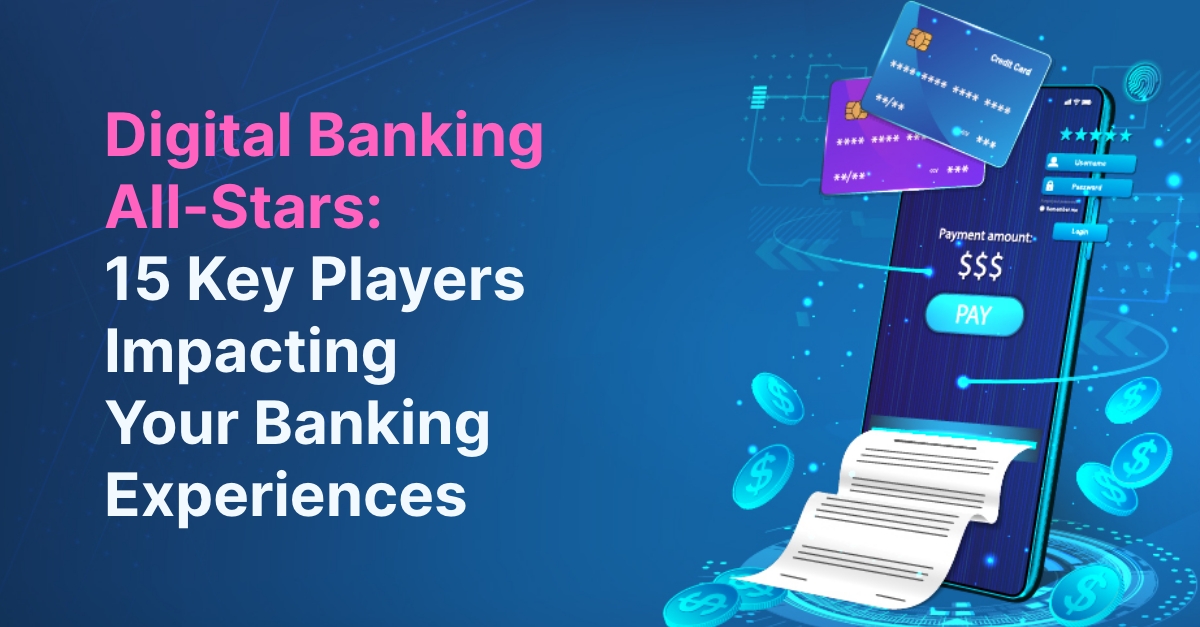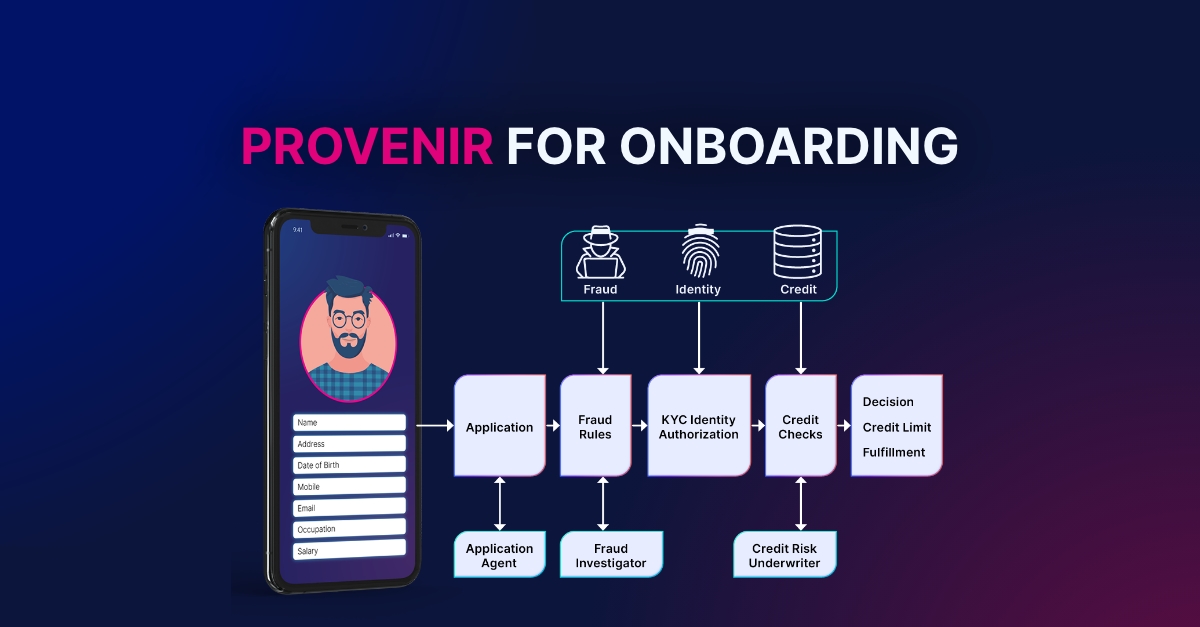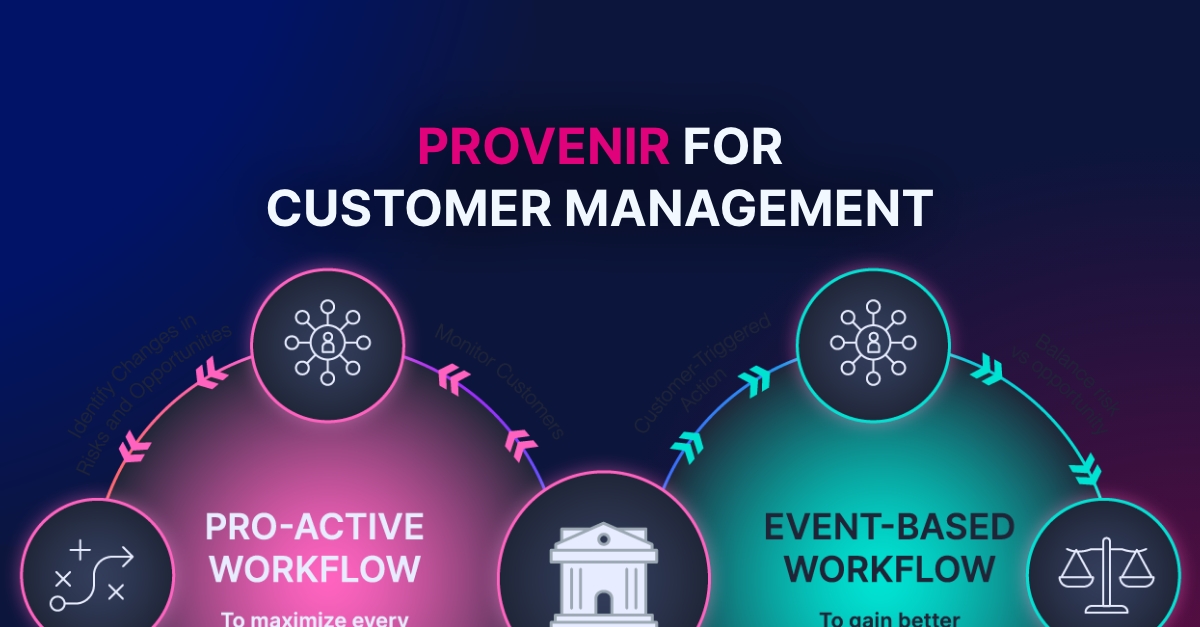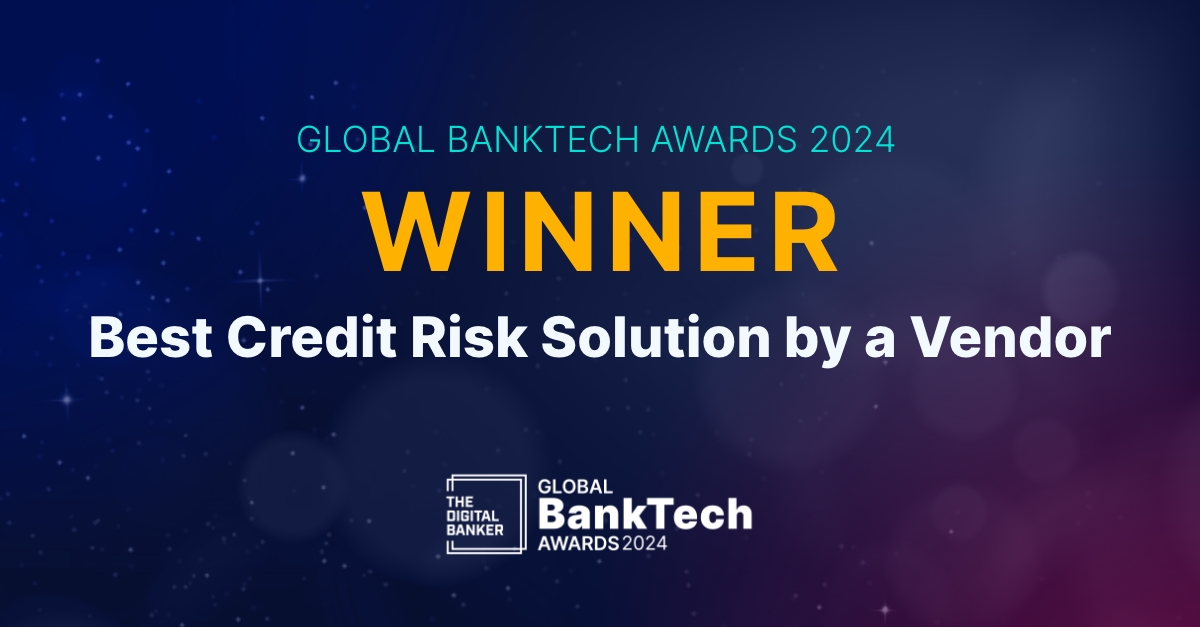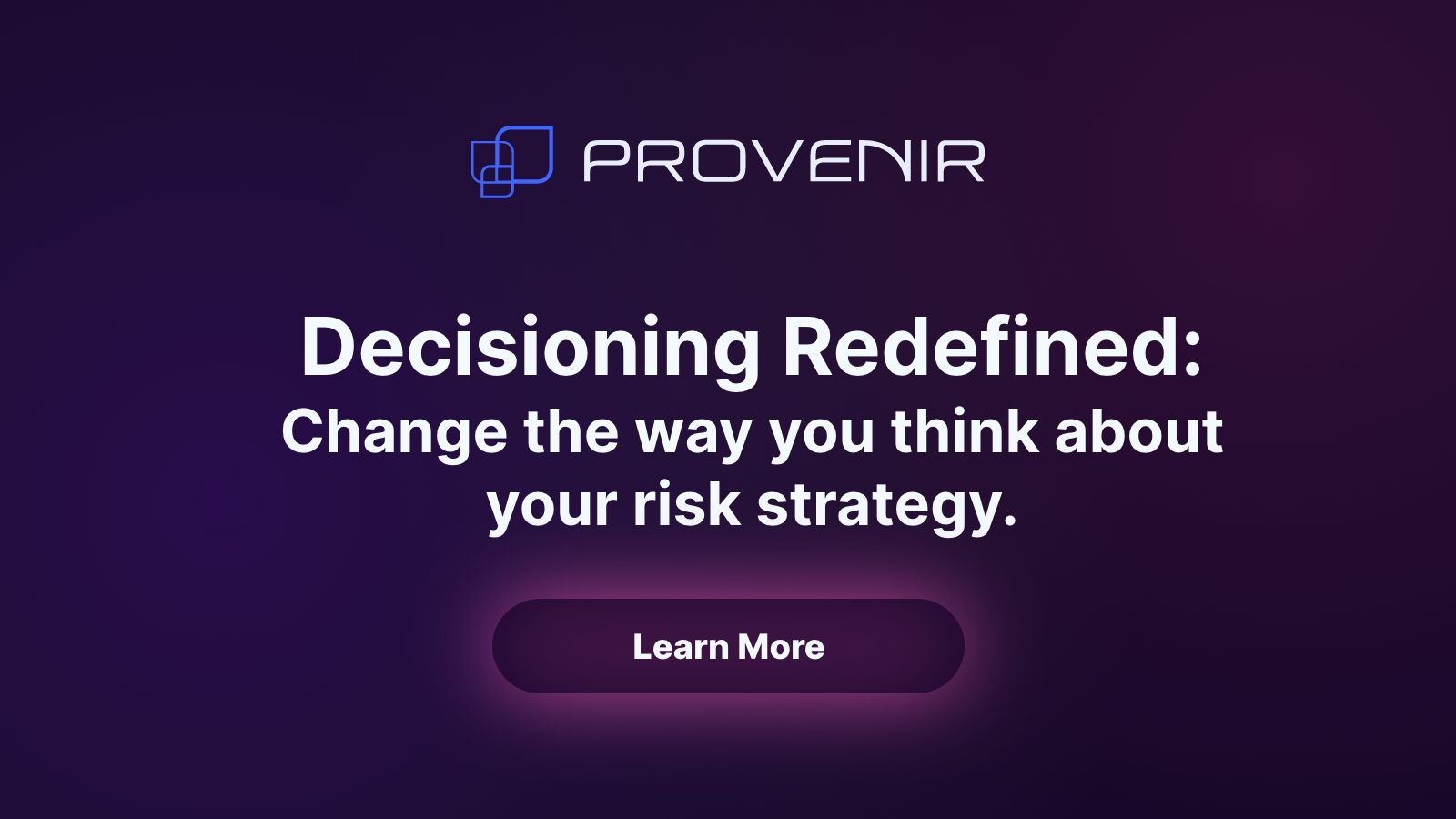Giving Thanks: Fintechs/Finservs Encouraging Environmental Sustainability
BLOG
Giving Thanks:
Fintechs/Finservs Encouraging Environmental Sustainability
Ten Financial Services Organizations Putting the Environment First – And Why It’s Also Good for Business
If you live in or near the United States, everything in the month of November is Thanksgiving themed. But even if you don’t celebrate U.S. Turkey Day, there’s still a lot to be thankful for as the year 2021 slowly winds down. To help celebrate, we’ve been looking at financial services organizations and fintechs that work to help populations that remain underserved by more traditional institutions, as well as innovative organizations that aim to encourage sustainability and help further the goals of environmental activism. As digital transformation continues to evolve rapidly, financial services organizations have a unique opportunity to shift from a product focus to a more audience-centric one.1 And what do customers want these days? They want to engage with companies that truly match their values – not just as lip-service, but those that really walk-the-walk.
The United Nations has released 17 Sustainable Development Goals (SDG) as a way for institutions of all types to ensure they are making both short and long-term investments in products and services that further sustainable projects. These goals include everything from Clean Water and Clean Energy to Responsible Consumption and Climate Action.2 And consumers are readily looking at the products and services they consume to see how they stack up.
Check out these ten organizations focused on offering sustainable financial services/products:
- Ekko: Based in the UK, this climate-friendly debit card, app and finance platform helps consumers fight climate change, just from using their services. For every five transactions using their debit card, Ekko pays for an ocean-bound plastic bottle to be collected, and at every 50 transactions they pay for a tree to be planted. The app allows you to track the impact your purchases have had on the environment and they’ve even created an entire marketplace of sustainable products and services to further the cause.
- MasterCard’s Priceless Planet Coalition: As part of MasterCard’s extensive variety of offerings, the Priceless Planet Coalition aims to restore 100 million trees by 2025, focusing on regions that represent the greatest global need of forest regrowth. The program is dedicated to creating visibility around the carbon footprint of producing/consuming certain products and collaborates with both local communities and stakeholders.
- Stripe Climate: A service launched by Irish-American payment-provider Stripe, Stripe Climate allows businesses to direct a portion of revenue to help scale and grow emerging carbon removal technologies. Available globally, 100% of contributions from participating businesses is directed to carbon removal, with on-hand scientific advisors to help maximize long-term impact.
- Trine: Swedish company Trine is on a mission to make it easier for people to invest in solar energy in growing markets, enabling participants to earn a profit while making both a social and environmental impact. Once you set up an account, you can choose which solar partner to invest in – if that solar partner/borrower succeeds, you’ll get back your investment with interest, all while helping to further green energy sources.
- Aspiration: A U.S.-based challenger bank, Aspiration vows to help customers “spend, save and invest with a conscience.” With a promise to never use deposit money or revenue to fund oil or coal projects, the company also plants trees on behalf of consumers by allowing them to round up to the nearest dollar on debit card purchases. They also offer a Planet Protection program, which helps to offset the climate impact from every gallon of gas you purchase for your vehicle.
- Treelion: This sustainable fintech company has developed a blockchain-based solution enabling a decentralized network that launches and manages green digital projects. Based in Singapore, the company is dedicated to the green economy and helping to ensure the creation and success of large-scale green digital ecosystems. With a mission to “create an inclusive green financial ecosystem to improve the global environment,” the Treelion Foundation aims to create a global sustainable ecological business model.
- Green Fintech Network: Established in 2020 by the Swiss government, the Green Fintech Network is an action plan containing 16 concrete proposals for digital technology and sustainable finance – including proposals around a platform for sustainability data, the creation of an innovation challenge for green fintech startups, the broad promotion of open finance, and the expansion of funding for green fintechs. Hoping to make Switzerland a global leader in sustainable financial services, the action plan aims to provide incentives for the business community to drive innovative, green solutions.
- Joro: Powered by smart spending analytics, this fintech provides insights on how purchases contribute towards carbon emissions, enabling consumers to make more informed shopping decisions. This U.S. company allows consumers to “track, reduce and offset” carbon emissions of purchases, and compensate for those unavoidable purchases that result in carbon emissions by supporting a broad portfolio of carbon projects.
- Ecolytiq: Offering ‘Sustainability-as-a-Service,’ this German fintech provides banks and financial institutions with the digital infrastructure necessary for them to offer consumers ‘green finance,’ including everything from personalized impact offsetting to ESG investments. Ecolytiq offers a comprehensive sustainable banking solution that uses the Open Payment Standard released by the EU, utilizing the latest scientific research and machine learning technology to analyze individual banking transactions and offer personalized environmental footprints.
- Novus: This UK fintech, in partnership with Visa and Railsbank, provides a mobile banking app that rewards users for sustainable purchases. Consumers earn ‘impact coins’ for purchases made on the card and can then use those coins to help support various green initiatives, including ocean conservation and reforestation. Novus also allows you to track your carbon footprint, enabling you to understand which purchases are the most sustainable and providing ways to offset carbon-emitting consumption by contributing to environmental projects available directly in their app.
As the world continues to sharpen its focus on climate change, carbon emissions, reforestation and other facets of environmental activism, the business opportunity for fintechs who can respond to this need continues to expand. Younger consumers in particular have helped stimulate the growth of green finance and sustainable investment – but it’s not just millennials interested in these options anymore.3
Increasingly, consumers are not tied to traditional financial institutions and will shop around for organizations that help further causes they believe in. As Alex Johnson, Director of Fintech Research at Cornerstone Advisors said, “Consumers… want sustainability built into the products they use on a daily basis. Checking accounts, for example. Are you building a deposit, investment or lending product? You better have a plan for how usage of your product positively impacts the environment.”4
For more inspiration on fintechs/finservs doing good in the world, check out the other blogs in our Giving Thanks series: Fintechs/Finservs Helping Women Be More Financially Secure and Fintechs/Finservs Aimed at Solving the Unique Needs of Minorities.
And for more information on how an all-in-one risk decisioning ecosystem can make innovating in fintech even easier, check out our AI-Powered Risk Decisioning Platform page.
Resources:
- https://bbgventures.medium.com/not-another-neobank-why-the-market-is-overcrowded-and-where-bbgv-sees-opportunity-835ebd231154
- https://sdgs.un.org/goals
- https://www.cnbc.com/2021/05/21/millennials-spurred-growth-in-esg-investing-now-all-ages-are-on-board.html
- https://newsletter.fintechtakes.com/p/what-do-customers-want-from-fintech




